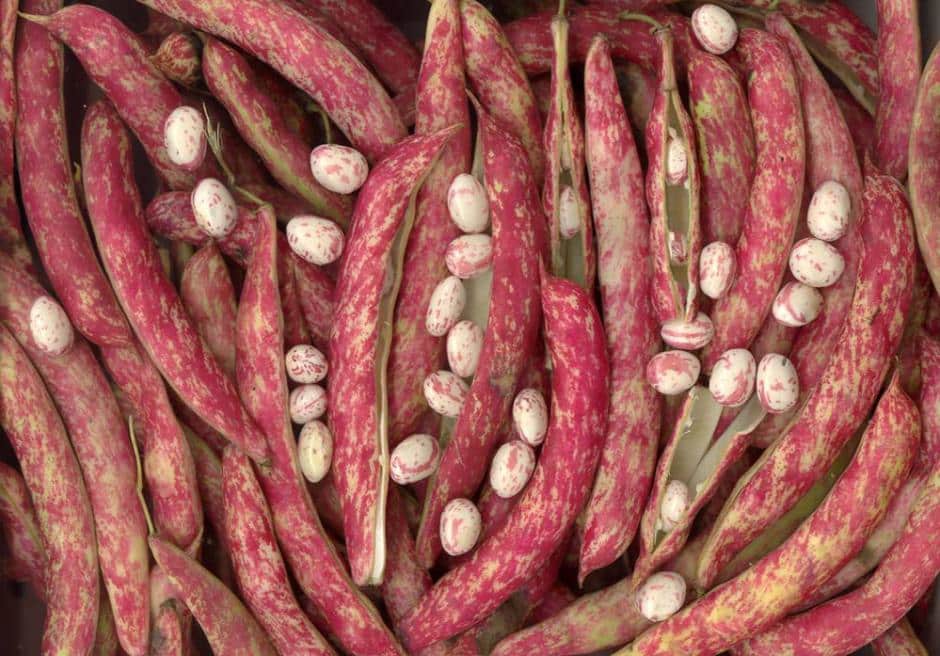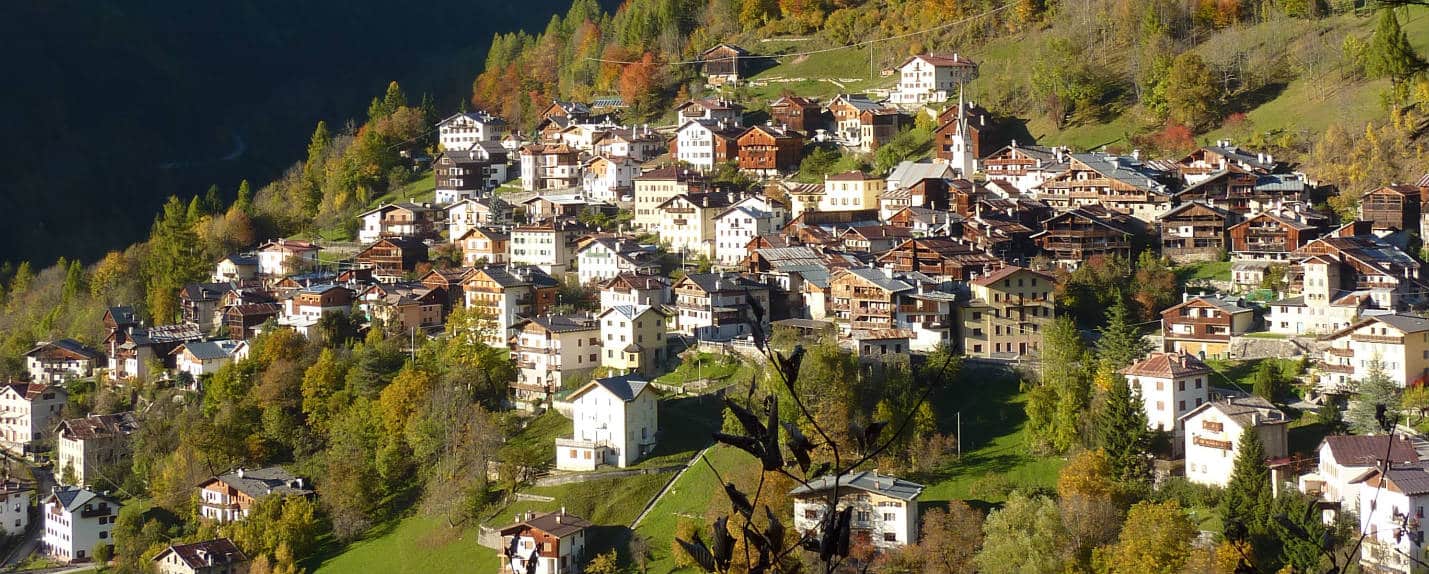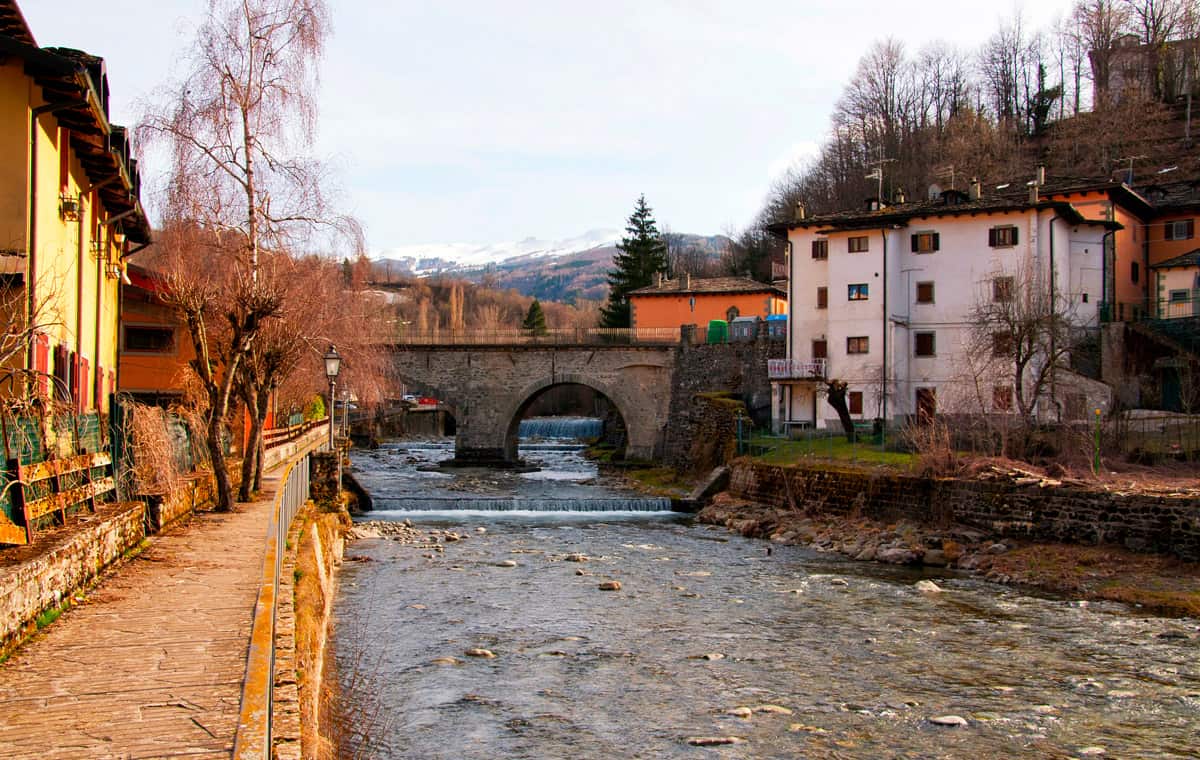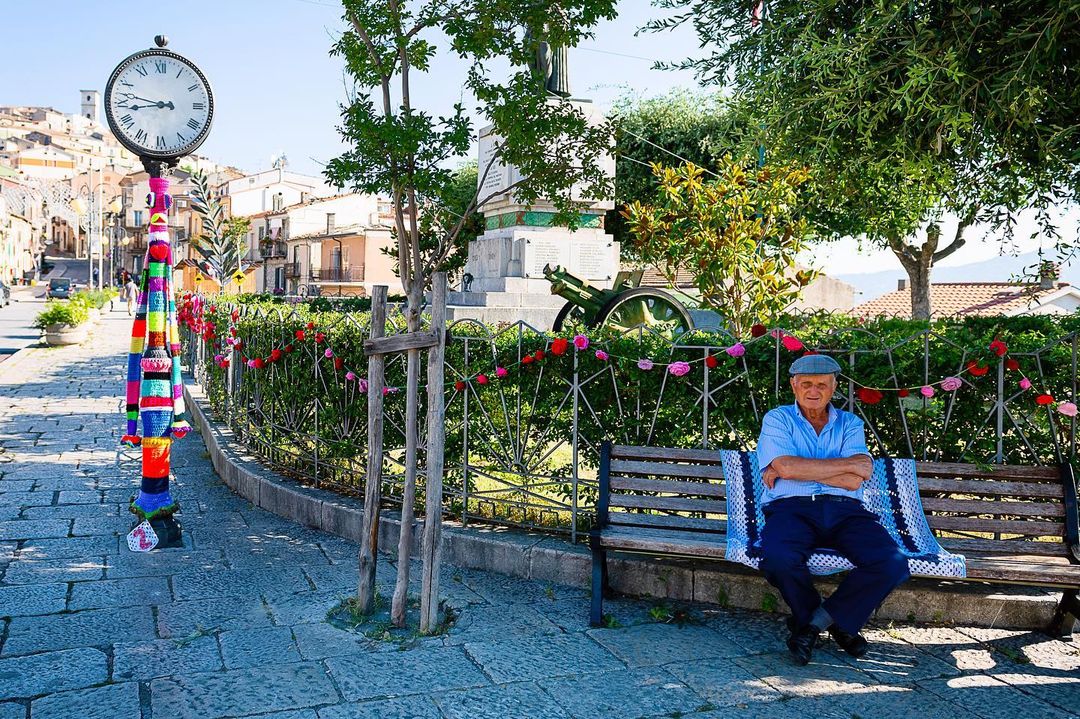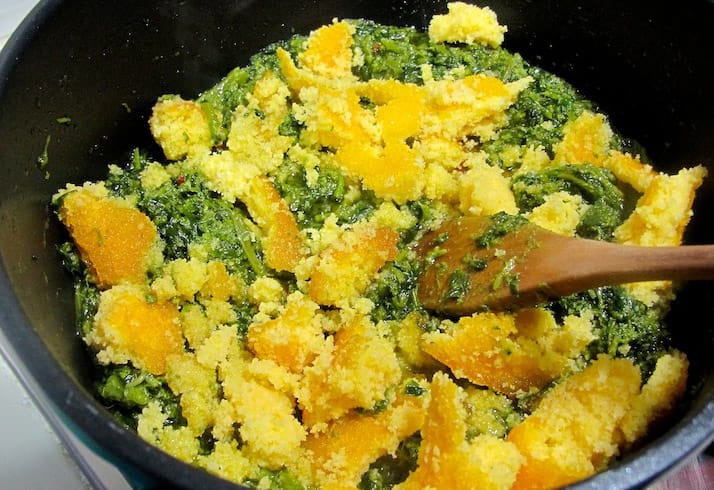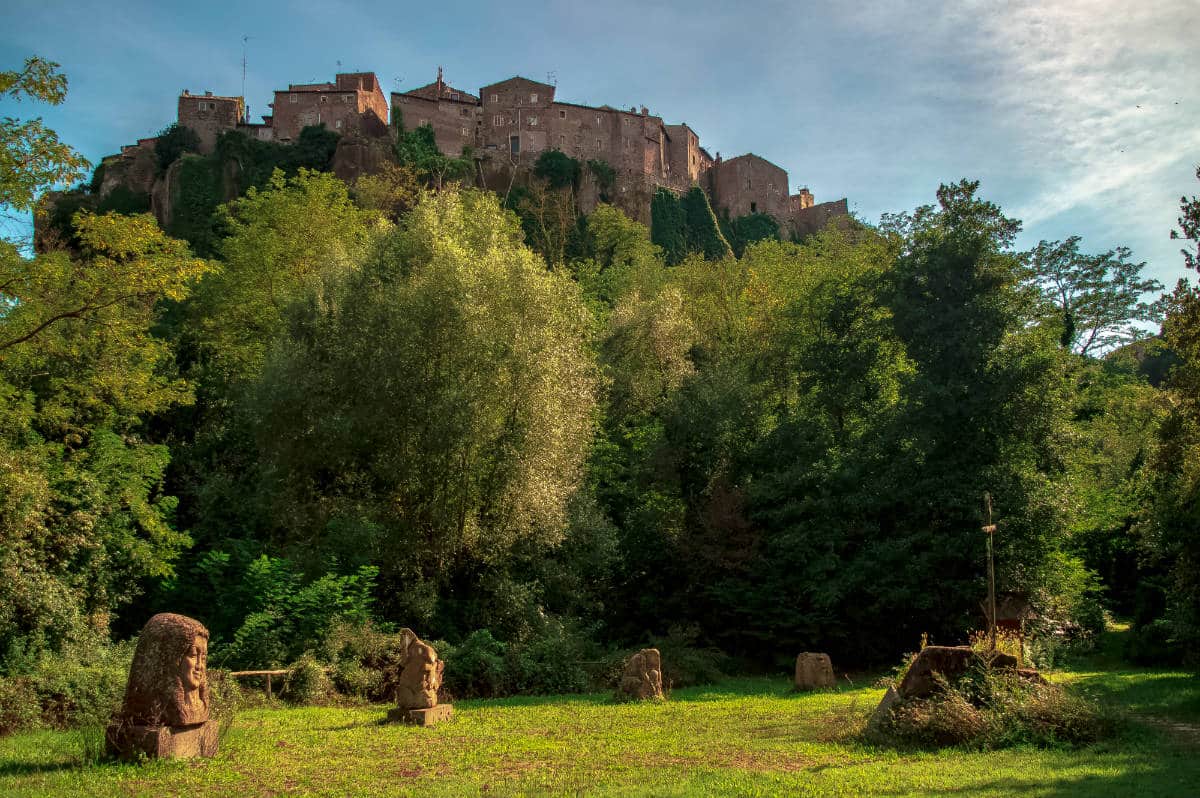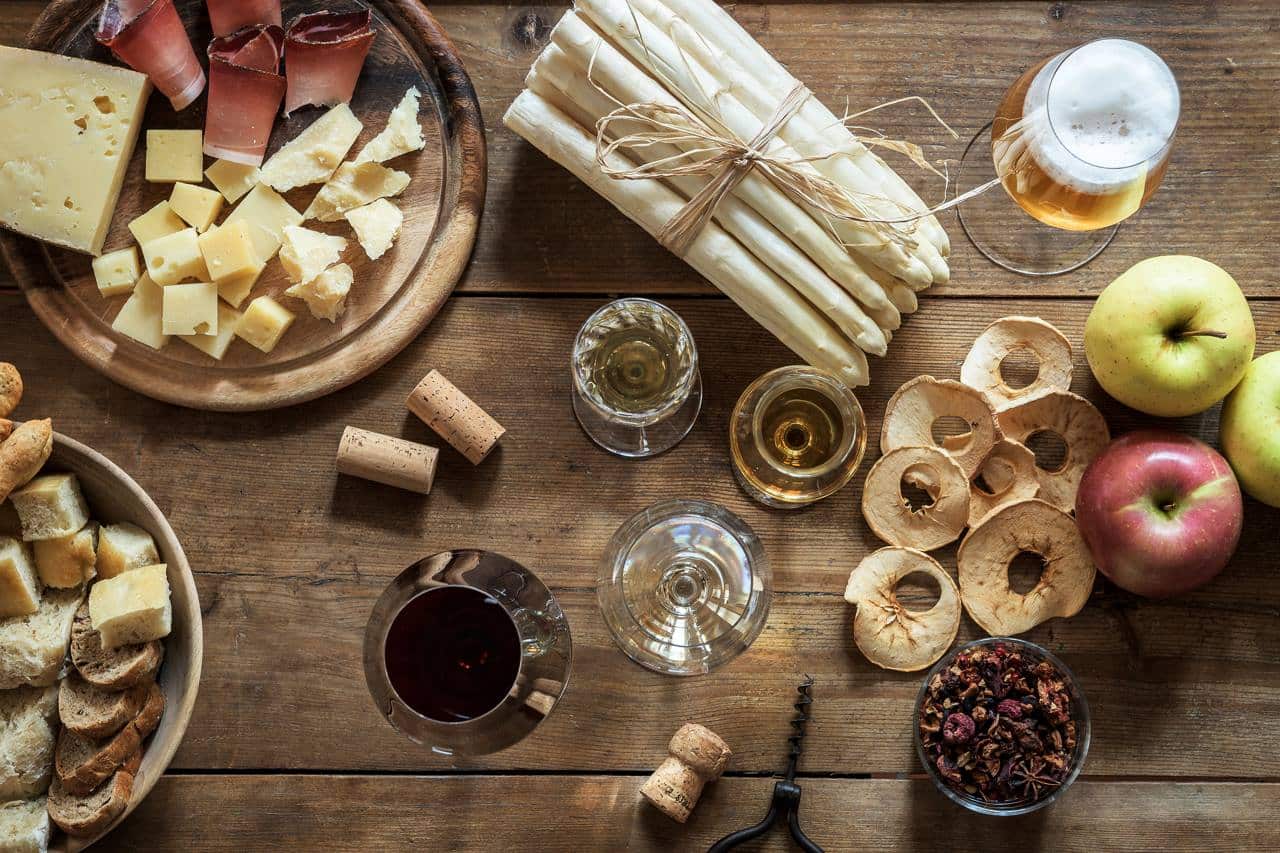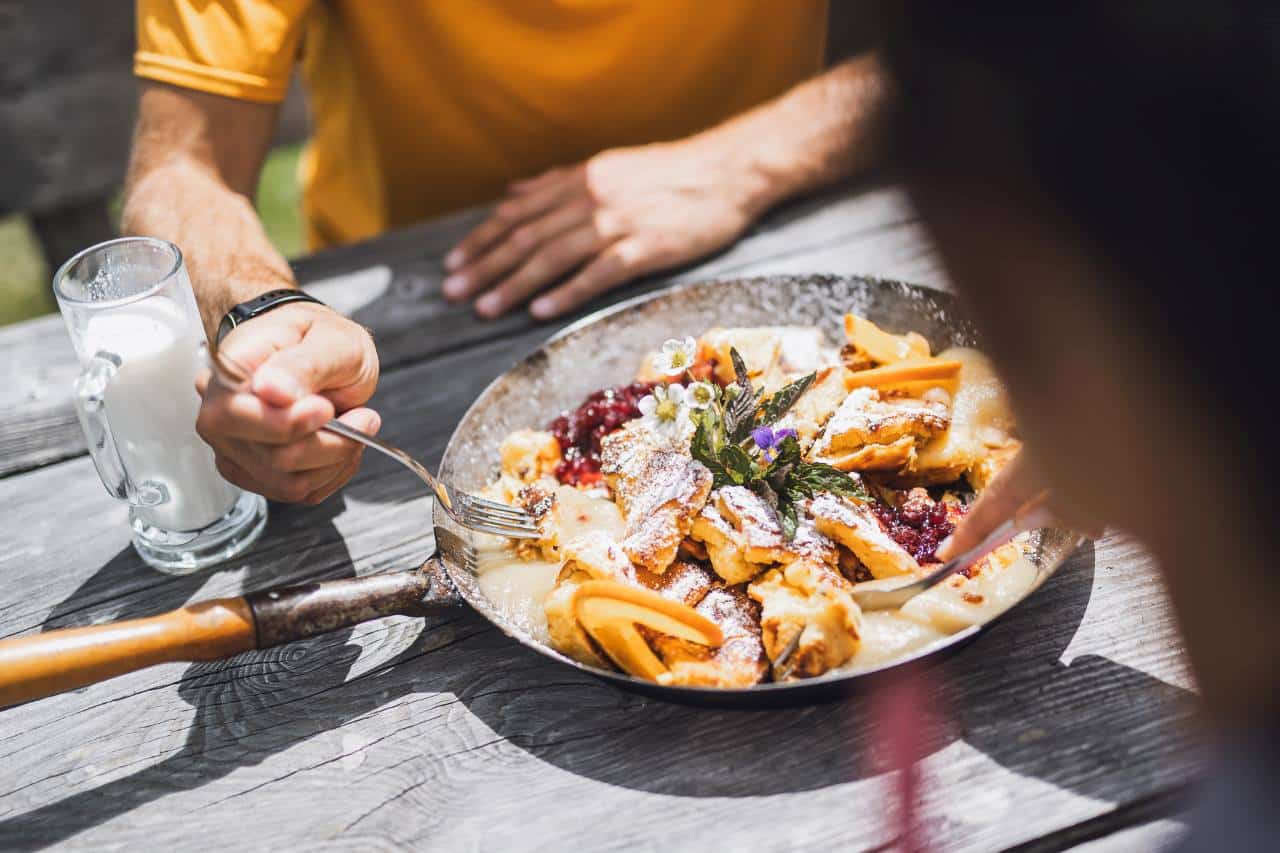What makes our unique culinary tradition in the world? A range of irresistible and extremely varied recipes: they change from region to region. But not only. The key to our uniqueness must be sought after in the use of the best raw materials. The Italian territory is capable of delivering an incredible variety of each product. Today we present Lamon bean of Belluno valley, produced by I.G.P. since 1996.
Legumes have for centuries been the main food of the poor classes as an alternative to meat. In recent decades it has been rediscovered as an ingredient of important dishes in the tradition of local tradition.
This legume has its spread on the Venetian mountain territory to the figure of Giovan Pietro dalle Fosse, better known by the academic name of Piero Valeriano, employed in Rome at the papal court of Clement VII. It was from the Pope, in 1532, that he gave the seed of this bean type with the task of spreading them to the native land. Pietro Valeriano cultivated the plants in his Castionese estate, near Belluno, which proved to be particularly suitable for the new species. The plant diffused quite quickly throughout the valley and the Feltrino, finding also in the areas of Lamon and Sovramonte the ideal environment to make the product of the highest excellence so as to make it later identified in a variety Borlotta with the name of the country: Lamon .
Lamon bean naturally differed on the plateau: the climatic conditions favored the spontaneous selection of bean over time, which was characterized by four varieties: Spagnol. Spagnolet, Calonega, and Canalino.
The bean was therefore considered by the lamons to be a real providence and inevitably entered the popular gastronomy along with the smoked sheep meat, linked to the other prevalent activity of the plateau, sheep’s milk. After its recognition as a product of I.G.P. in 1996, this product found its well-deserved recognition at national level, and an important confirmation of its typicity.


